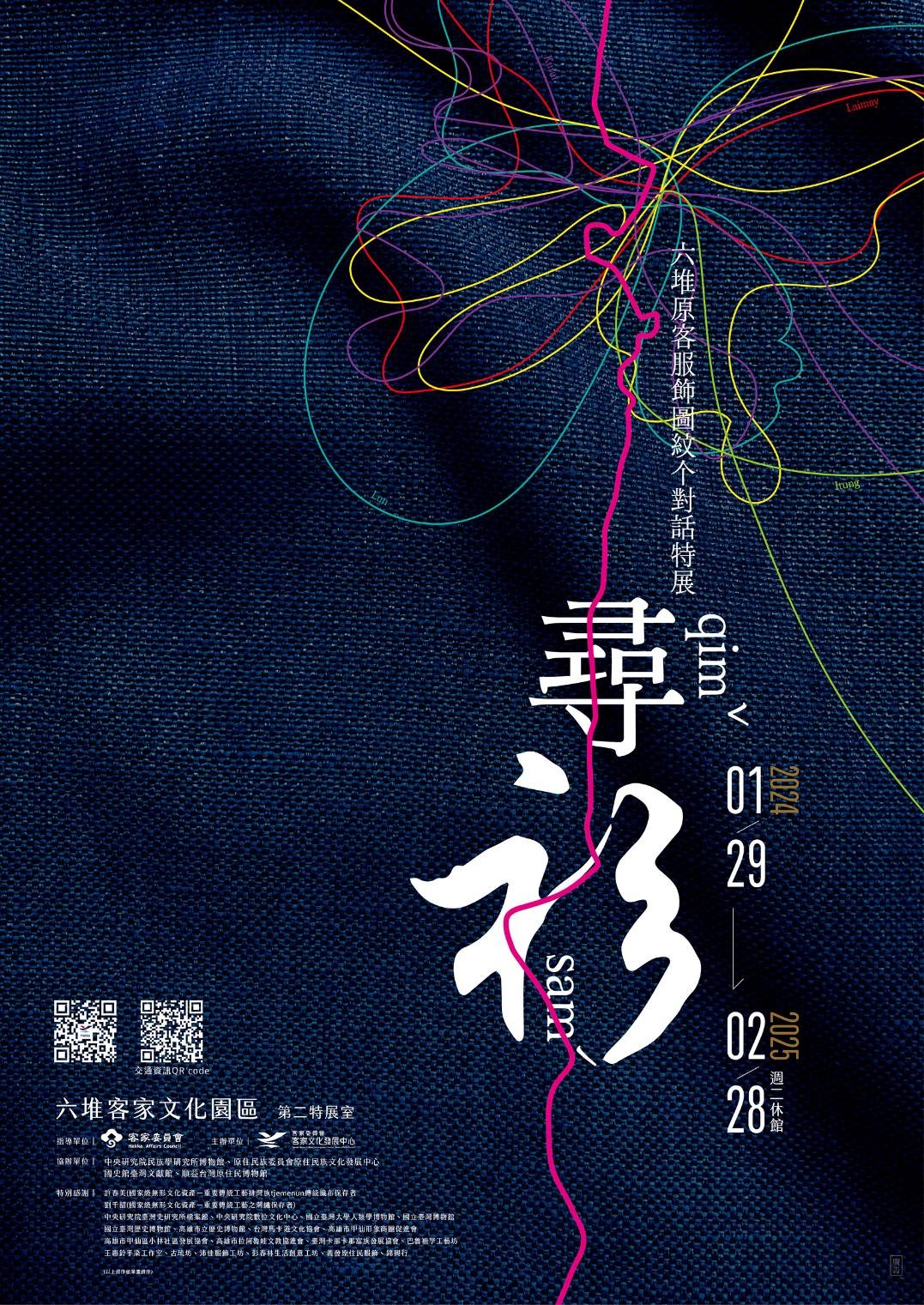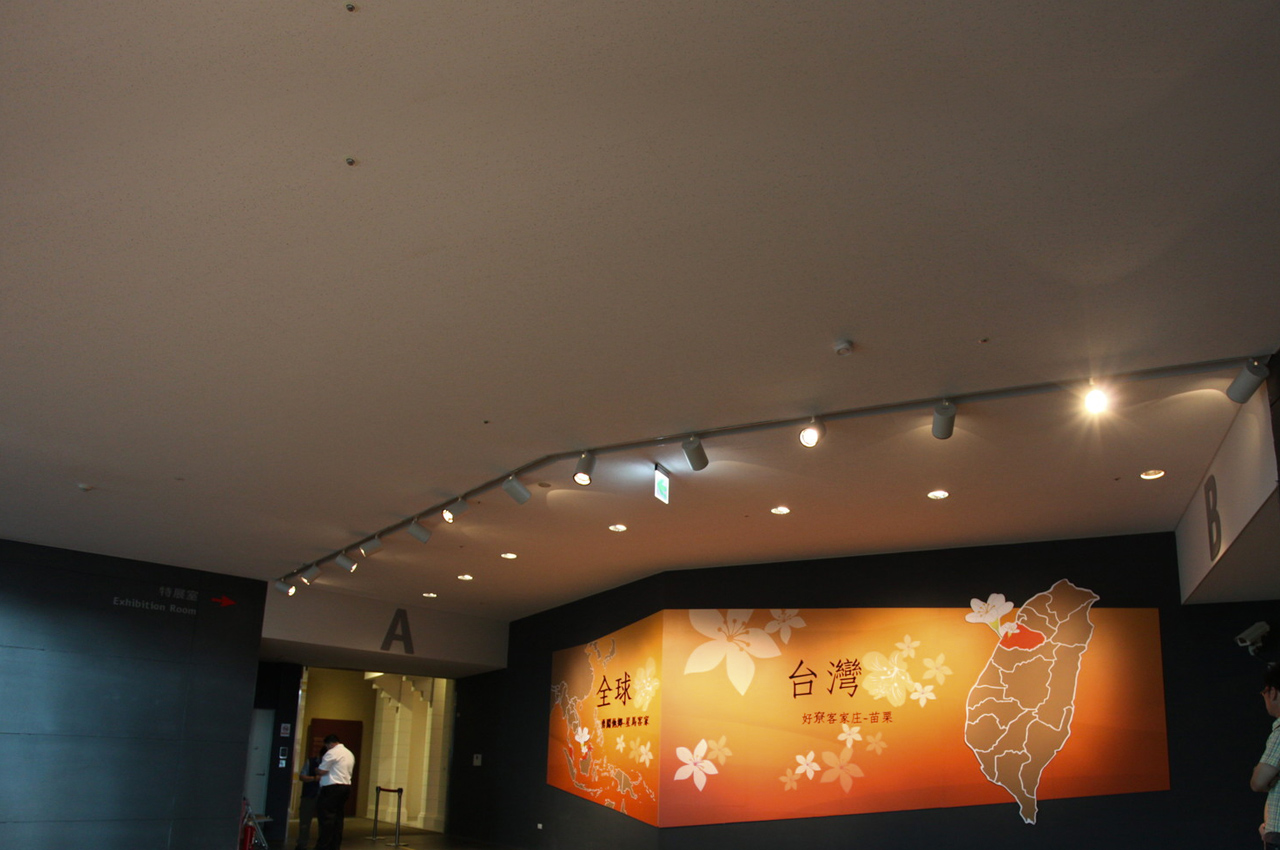Current Exhibition
2nd special exhibition room: Searching for Clothes - Dialogues between Liugdui Indigenous Peoples and Hakka Clothing Patterns

Time:2024/1/29~2025/2/28
Location:Location: Special exhibition room No. 2, Liugdui Hakka Cultural Park
(No.588, Xinyi Rd., Neipu Township, Pingtung County 91246, Taiwan (R.O.C.))
Exhibition Introduction:
Clothing serves as a record of the history and migration paths of various ethnic groups. Hidden within are patterns that not only showcase the creator's aesthetic sense and embroidery craftsmanship but also embody cultural significance related to different ethnic groups, regions, occasions of use, or social classes, serving as important symbols of ethnic identity.
Exploring the cultural significance of these garments, this exhibition focuses on the “clothing patterns” of the Hakka people of Liugdui, as well as neighboring indigenous and Pingpu tribes. Join us as we unravel the pattern mysteries between garments, revealing the fascinating stories and diverse cultural facets that have emerged from encounters and exchanges between indigenous and Hakka communities.
【Hakka Weaving】
The Hakka people of Liugdui have close geographical ties with the Paiwan, Rukai, Makatao, and Dawu communities, resulting in frequent trade, intermarriage, and interactions. In the early days, there were stations along the current County Highway 185 in Pingtung (also known as the Mountain Highway), facilitating exchanges of clothing production techniques, embroidery methods, and pattern styles.
【Hidden Meanings behind Clothing Patterns】
Hakka embroidery patterns frequently symbolize auspicious messages, weaving together homophones, metaphors, allusions, and legends to express hopes and blessings for the future. Indigenous peoples believe that patterns possess spiritual power, representing the individual and family status within the tribe, as well as the achievements. They also symbolize the profound guardianship and blessings of the garment makers towards those who wear them.
【Inheritance and Evolution】
As time goes on, artisans from diverse ethnic backgrounds encounter different challenges. Some worry about the discontinuity of traditional clothing techniques, while others eagerly seek to reclaim ethnic patterns and identity. There are also efforts to continue traditions while reinterpreting them creatively. Through the dedication of these artisans, we witness the bright future of Liugdui's original Hakka clothing.



